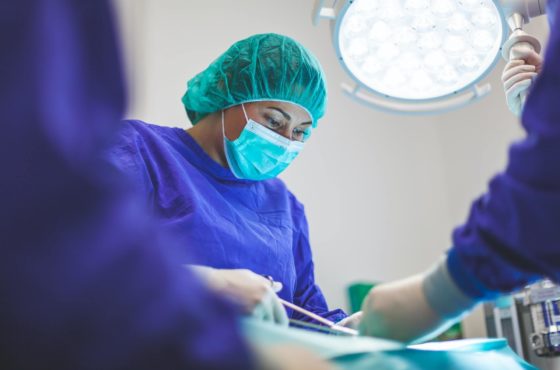In September 2020, U.S. District Judge Richard Story has identified the four bellwether cases for the upcoming Ethicon hernia mesh trial. The Physiomesh mass tort is expected to begin early next year, in January 2021.
A bellwether trial is an “early” test case used to gauge how the jury will respond to certain testimony and evidence that will be likely repeated through similar questions of fact and law. The four hernia mesh lawsuits set as bellwether cases are part of a larger multidistrict litigation (MDL) that count approximately2,800 Ethicon Physiomesh lawsuits filed across various U.S. courts.
The Court identified the four cases as issued in a Practice and Procedure Order (PDF) issued on September 11. They are the litigations filed by Jeffrey Smith, James Bovian, Danielle Guffy, and Diane Crumbley.
The first case to be heard is the one filed by the Crumbleys and is set to start on January 25, 2021 – a few weeks after the final pretrial conference scheduled on January 14. Jim Crumbley received an Ethicon Physiomesh implant to repair his incision ventral hernia in July 2014 at a Georgia hospital.
However, the mesh failed, and two years later, in December 2016, he had to go under the knife again for an additional hernia repair surgery.
The plaintiff also claims that he had to endure ongoing and possibly long-term injuries as a consequence of the failed implant. The next case will be heard beginning on March 29, 2011, but it will be chosen by the manufacturer by November 2011.
The third trial will involve a consolidated presentation of the remaining two cases and is set to begin on June 7, 2021.
Physiomesh was a composite, flexible multi-layered hernia mesh manufactured by Ethicon, a Johnson & Johnson subsidiary, in 2010.
After just six years, however, the product was withdrawn from the market when a large number of patients who got it implanted started suffering from all kind of injuries.
According to the many complaints, the allegedly defective device was associated with numerous complications which sometimes led to serious injuries.
In more than one instance, an additional surgery was required to remove the mesh from the patient’s body. Plaintiffs now accuse the company of distributing to the market an unreasonably dangerous and poorly designed product, and of negligence in adequately warning the public about its dangers.


